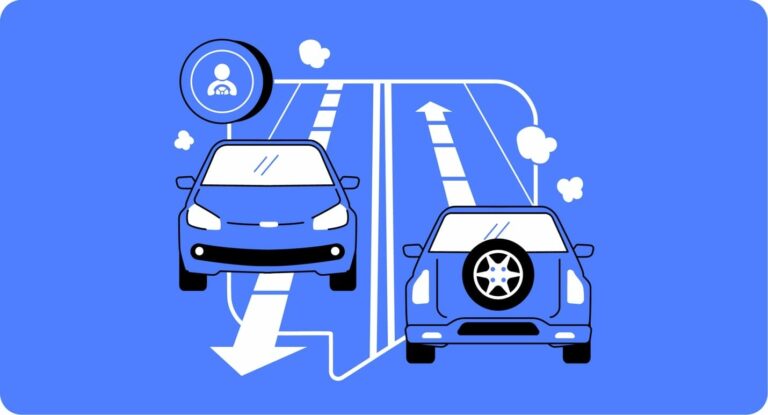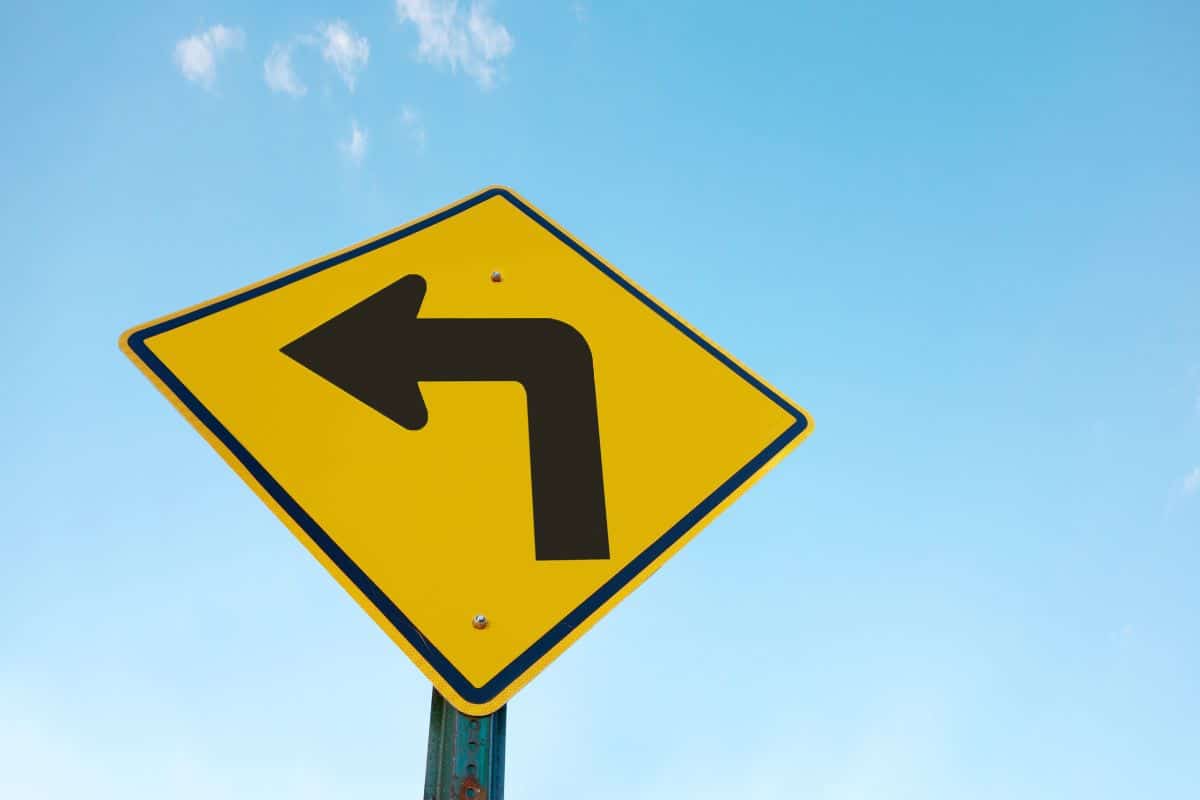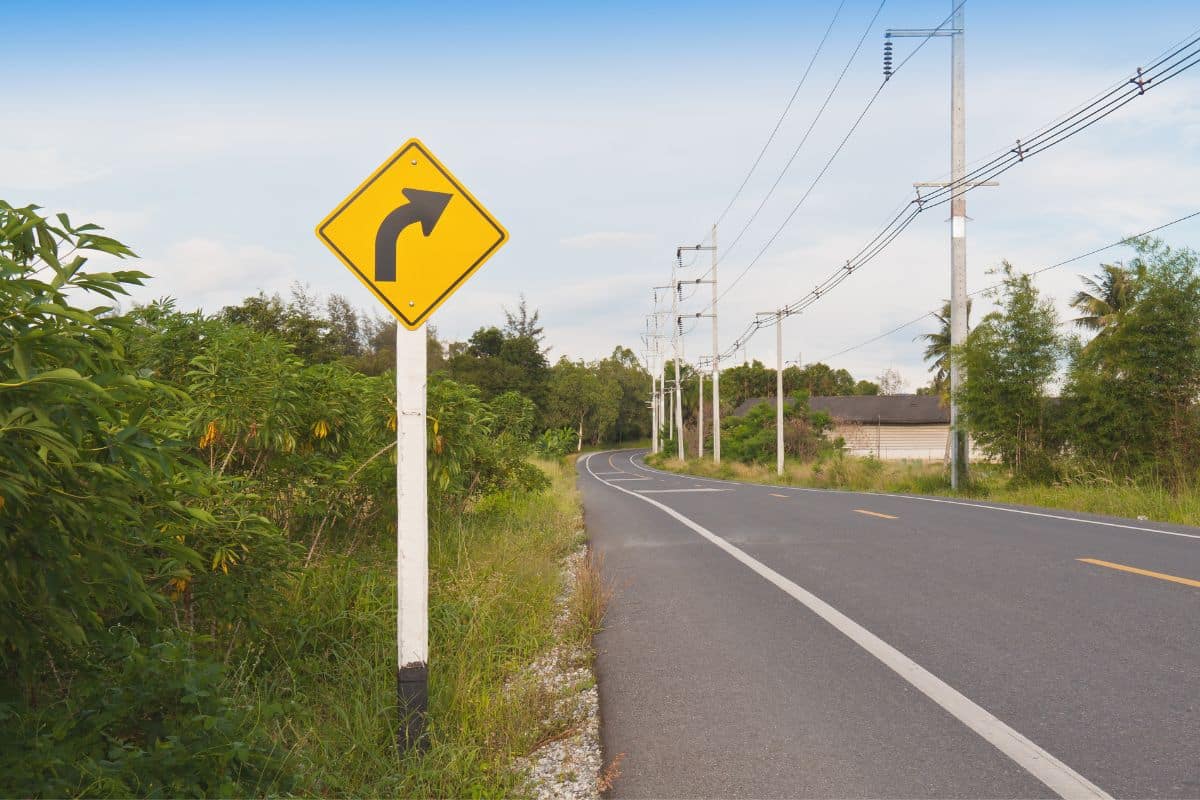Many of California’s roadways are considered multilane streets that allow traffic to go in both directions. Two-way traffic can be particularly difficult to handle for new drivers and experienced motorists alike. Motorists should be prepared to drive carefully when operating a vehicle on a multilane street with two-way traffic. Failure to keep in the right lane or stay ahead of other cars could be considered negligence and lead to liability in the event of a collision.
By maintaining sufficient following distance, drivers can protect themselves and other motorists on the roadways from catastrophic injury or death. If you have been critically injured in a motor vehicle accident and are unsure of where to turn for help, look no further than California’s premier car accident lawyers with The Crockett Law Group. When your accident occurs on a multilane street with two-way traffic, we have the trial experience you need to win whether you file a claim with the insurance company or pursue a personal injury lawsuit.
What to Expect When Driving On A Multilane Street With Two-Way Traffic
Multilane roads designed for two-way traffic are often more dangerous than single-lane roads. There are certain steps you can take to protect yourself. You should always drive in the right lane unless you need to pass another vehicle. Do your best to stay behind or ahead of other cars instead of competing with them. Avoid driving alongside other vehicles, as they may not look before changing lanes. You should stay out of other driver’s blind spots wherever possible as well. Doing so could reduce the likelihood of a serious car crash.
Be Aware of Your Surrounding
When driving on a multilane road, it is rare that you will be on the road alone. The other motorists’ driving experience and skills may be different from yours. Some motorists may be more likely to use car horns while others may change lanes without signaling. It is important to remain aware of your surroundings at all times. You cannot control how other motorists drive, but you can control how safely you operate your motor vehicle.
Always give other motorists enough stopping distance. Following too closely could result in a rear-end collision. Dangerous road conditions and speeding could make it much more difficult for other motorists to slow down or come to a stop. Allowing other drivers enough space to react to their surroundings is just as important as being aware of your surroundings.
Tip
Follow the three-second rule when determining safe following distance. Pick a spot on the road that the vehicle in front of you is going across. Then, count how many seconds it takes for you to reach that spot. If it is less than three seconds, give yourself more following distance.
Stay in The Rightmost Lane
While the rightmost lane is assumed to be reserved for slower drivers, when traveling on multilane streets, it is also the safest. Since the rightmost lane is furthest from the centerline of traffic that divides vehicles traveling in opposite directions, you may be able to avoid a collision by traveling in the right-hand lane.
Rules for Navigating Multilane Streets
Navigating multilane streets can be complex whether you are an experienced or novice driver. Understanding road definitions, types of lanes, and how to make safe lane changes is essential when traveling along a multilane street.
Road Definitions
Here are some of the most important definitions you need to know regarding lines on multilane streets with two-way travelers:
- Broken yellow lines – Broken yellow lines indicate you have the right to pass if it is safe to do so and the broken line is right next to the lane you are driving in.
- Broken white lines – The broken white lines separate lanes of traffic with two or more lanes traveling in the same direction.
- Double solid yellow lines – You are not allowed to pass over double solid yellow lines. These are considered barrier lines when spaced 2+ feet apart. You should not drive over these barriers unless traffic signs allow you to do so.
- Double solid white lines – Double solid white lines act as a line barrier between regular traffic lanes and carpool lanes or on or off ramps. You are not allowed to change lanes over double solid white lines.
- End of lane markings – Street lanes and exits may be marked with broken lines and may have signs indicating drivers should merge or exit.
- Single solid yellow lines – Single solid yellow lines are marked in the center of roads with two-way traffic often appearing on multilane streets. You should never pass a vehicle in front of you unless there is only one lane of traffic traveling in one direction and a single solid yellow line on the driver’s side of the road.
- Single solid white lines – Single solid white lines are marked when traffic lanes are traveling in the same direction. You may see single solid white lines on one-way streets as well.
- Yield lines – Yield lines appear as a solid white line of triangles. They point toward vehicles approaching and tell them where to stop or yield.
Types of Lanes
Here are some of the most common types of lanes you might see on multilane streets with two-way traffic:
- Bicycle lanes – Bicycle lanes are reserved for bicyclists and run in the same direction as the traffic left of the bicycle lane. They are usually marked by signs and a single solid white line. There are also several types of bike lanes, including bike route lanes, boulevard lanes, shared road bicycle markings, separate bikeways, and buffered bike lanes.
- Carpool lanes – Also commonly known as high occupancy vehicle (HOV) lanes, carpool lanes are reserved for motorcycles, buses, or vehicles with two or more passengers. You may also be able to use a carpool lane if you are driving a zero or low-emission vehicle with the designated DMV decal. HOV lanes are marked with the words HOV and a diamond symbol. You are not allowed to cross over the HOV lane’s double solid lines to exit or enter. You must use the designated exits and entrances.
- Center-left turn lanes – Center-left turn lanes are located in the middle of two-way streets and are carefully marked by two painted lines. The outer line is solid while the inner line is broken. These lanes are used to make U-turns or a left turn. They are not open to regular traffic, nor should they be used for passing.
- Passing lanes – Passing lanes are the lane furthest left toward the center divider and should be used solely to pass other vehicles.
- Turnout lanes – Certain multilane roads have designated turnout lanes where you can allow cars behind you to pass or merge into these areas if you are driving slowly on a two-lane road or there are more than five vehicles following closely behind you.
Making Lane Changes
You must understand how to make safe lane changes if you are traveling on a multilane road with cars traveling in opposite directions. You should generally travel in the rightmost lane unless you need to pass another vehicle. Before changing lanes, be sure to:
- Check your side and rearview mirrors
- Look for traffic alongside and behind you
- Put on your turn signal
- Look over your shoulder to the lane you plan to move into
- Check your blind spots to protect bicyclists, motorcyclists, and other vehicles
- Do not drift into the other lane until you have completed these checks
- Leave enough stopping distance as you change lanes
Pro Tip
Do not weave in and out of traffic. It is safest to travel in one lane as much as you can. Last-minute lane changes could increase your risk of causing a collision. Once you start to make a turn, do not change your mind at the last minute. Following through is the best way to drive safely on multilane roads.
Types of Turns on Multilane Roads
Recognizing the types of turns that are possible on multilane roads can make it easier to navigate when there are many vehicles traveling in opposite directions. Here are some of the most common types of turns:
- Right turns – To make a right-hand turn, put on your turn signal, reduce your speed, and drive close to the right side of the road. Stop behind the limit line, look both ways, and turn when it is safe to do so. Some examples of rights could include right turns against red arrows or red lights, right turns onto a road with a single dedicated lane, and right turns at public transit bus lanes.
- Left turns – To safely make a left-hand turn, put on your turn signal, enter the designated left turn lane, check over your left shoulder while reducing speeds, stop at the limit line, look both ways, and proceed. If you are turning from a one-way street onto another one-way street, you may need to turn left against a red light. Double-check to ensure that there is not a sign that prohibits you from making a left turn on red.
- U-turns – U-turns allow you to turn your vehicle around and go back in the same direction. Use your turn signal in the far left lane. Wait for traffic lights to signal that it is safe to make your U-turn. Generally, you are allowed to make U-turns at intersections where there is a green arrow, across a yellow line, on highways, or in residential areas. You are not allowed to make a U-turn if a “no U-turn” sign is posted.
Merging And Exiting on Multilane Streets
You must follow right-of-way rules when merging and exiting on multilane streets. When merging, bring your vehicle up to the same speed of traffic and merge when it is safe to do so. Never stop your vehicle unless it is absolutely necessary. Do not forget to use your turn signal and look over your shoulder before you merge into traffic. You should be leaving at least three seconds of space between you and the vehicle you are following.
When exiting, change lanes one at a time if you are not in the rightmost lane. You should use your turn signal at least five seconds before your exit. Do not forget to check over your shoulder and blind spots before making your lane changes.
Crossing or Entering Traffic
If you are entering or crossing traffic in a multilane road with two-way traffic, do not forget to use your turn signal and leave enough space to bring your vehicle up to the speed of traffic if you are entering from a full stop.
Note
Do not cross intersections that have vehicles or pedestrians blocking your path, even if you have a green light. Never assume an oncoming vehicle using a turn signal will make its turn before reaching you. They may have forgotten to turn off their turn signal or plan to turn beyond your location.
Passing on Multilane Roads
Passing on multilane streets must be done carefully. You need to be sure that you have enough stopping distance anytime you are approaching road obstructions, curves, other vehicles, intersections, hills, or bicyclists. You should have at least 1/3 of a mile ahead of you before passing.
Never pass another vehicle if you are approaching a curve or hill, or within 100 feet of a railroad crossing, bridge, tunnel, or intersection. Do not pass other vehicles if you do not have enough space to return to your lane or at driveways or crossroads.
Meet With Irvine’s Strategically Aggressive Car Accident Attorneys Today
Multilane streets can be dangerous, particularly when there is traffic going in both directions. Motorists have an obligation to drive as safely as possible to protect themselves and other drivers on the roads. Unfortunately, far too many drivers fail to uphold these responsibilities and ultimately wind up causing devastating collisions.
If this sounds like what you are going through, you are not alone. With help from a highly experienced car accident lawyer from The Crockett Law Group, you can demand the at-fault party be held accountable to the fullest extent of the law. Fight for maximum compensation so you can begin rebuilding your life. Schedule your no-cost, risk-free consultation as soon as today by calling our office or submitting our convenient contact form.










